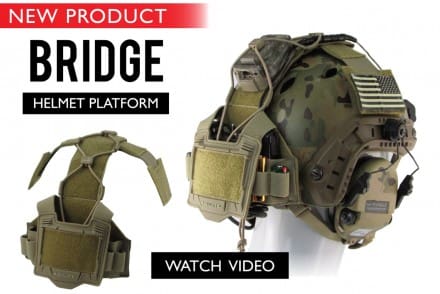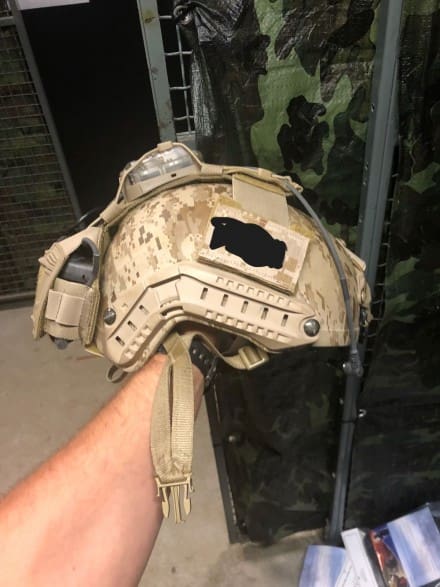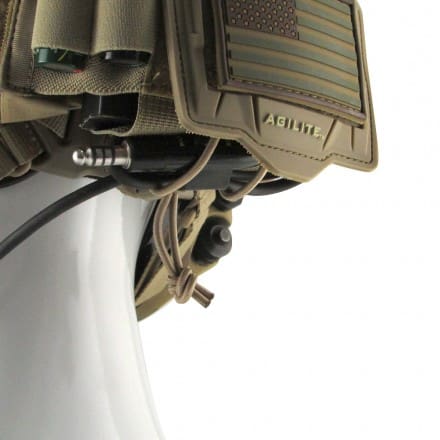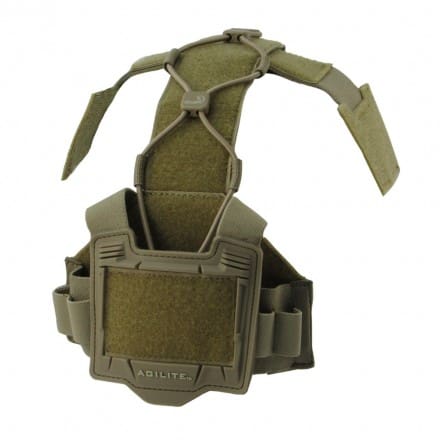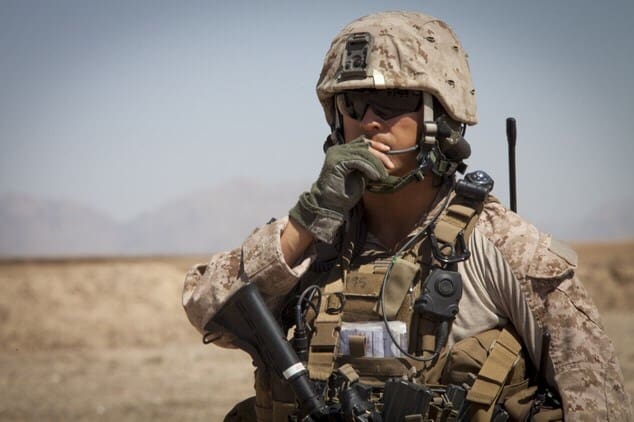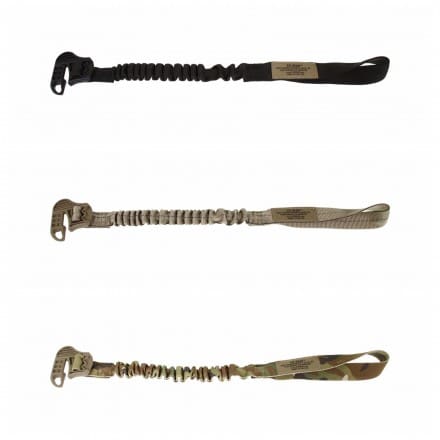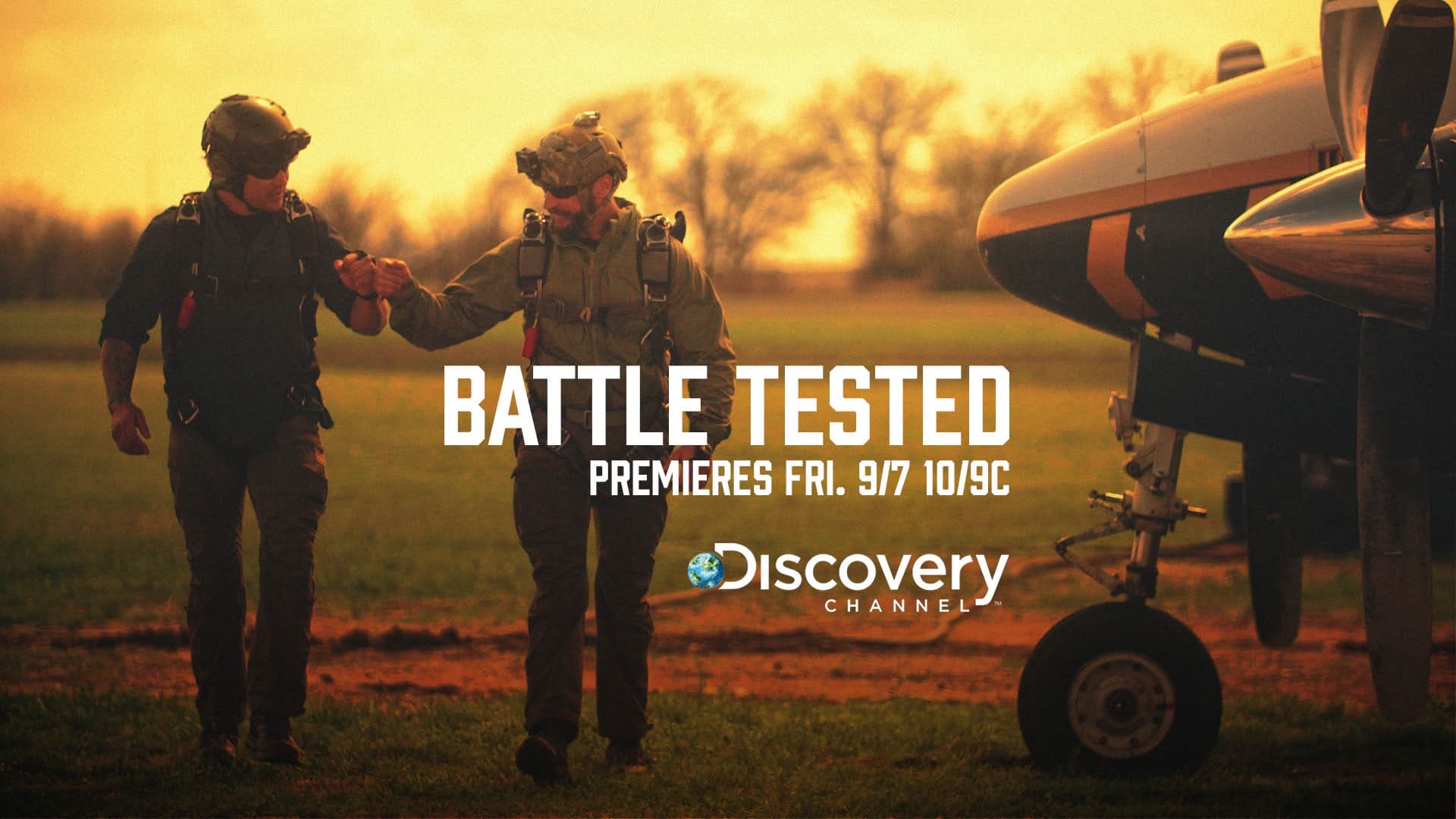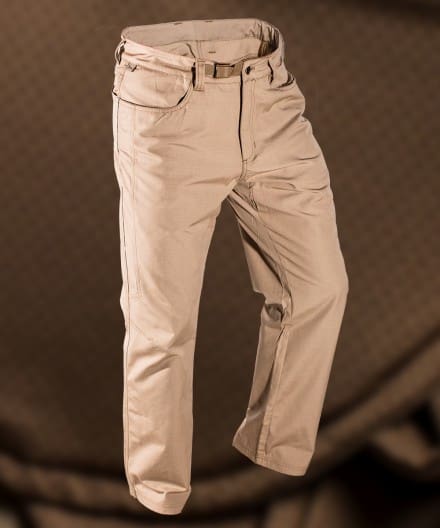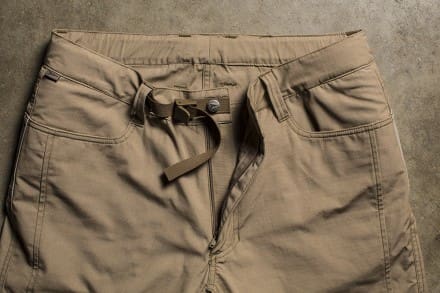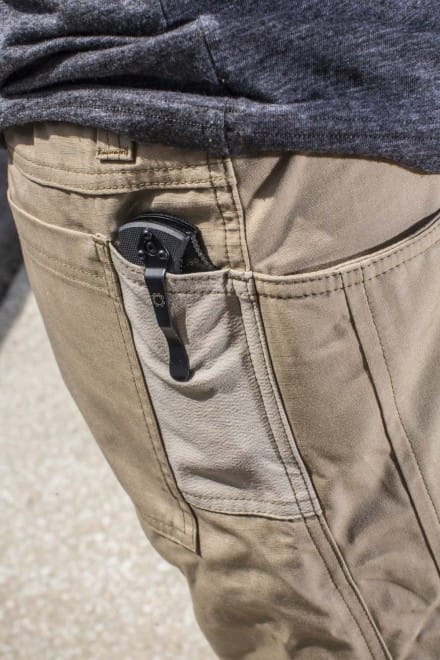FUSION, by Unity Tactical, is a system of modular, multi-purpose components that provide end users unparalleled flexibility in mounting accessories to weapon platforms. It offers complete control in attachment of lights, lasers, sights, and other equipment to achieve complete integration, optimal placement, lightest weight, and most economy of space.
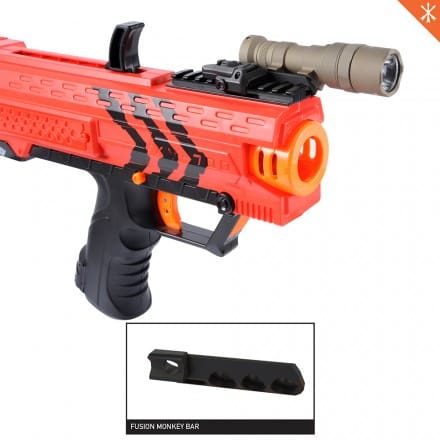
This FUSION configuration features the Monkey Bar – a replacement clamp for the popular Magpul MBUS PRO Folding Front Sight. The purpose of FUSION is to integrate accessories with weapon platforms, minimizing rail estate and increasing functionality. Monkey Bar interfaces directly with the MBUS PRO, creating a solid FUSION mounting interface that will accept all FUSION accessories or Surefire Scout / Streamlight Pro-Tac Rail-Mount lights. FUSION Monkey Bar creates a perfect light-mounting platform for SBR’s, PDW’s, and pistols where rail estate is at a premium. By integrating with a proven front sight, users essentially can get two-for-one functionality.
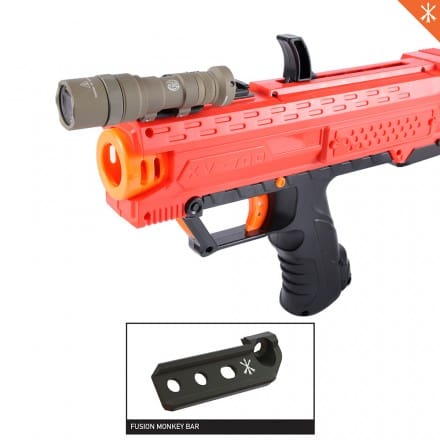
FUSION components are machined from 6061-T6 aluminum and MILSPEC Type 3 anodized. Designed and made in the US from US materials and good ole’ fashioned American innovation. FUSION is the original and best modular accessory mounting system. Make your gear work for you, not the other way around.
FUSION components are available from Unity Tactical and authorized dealers to build your perfect setup.


